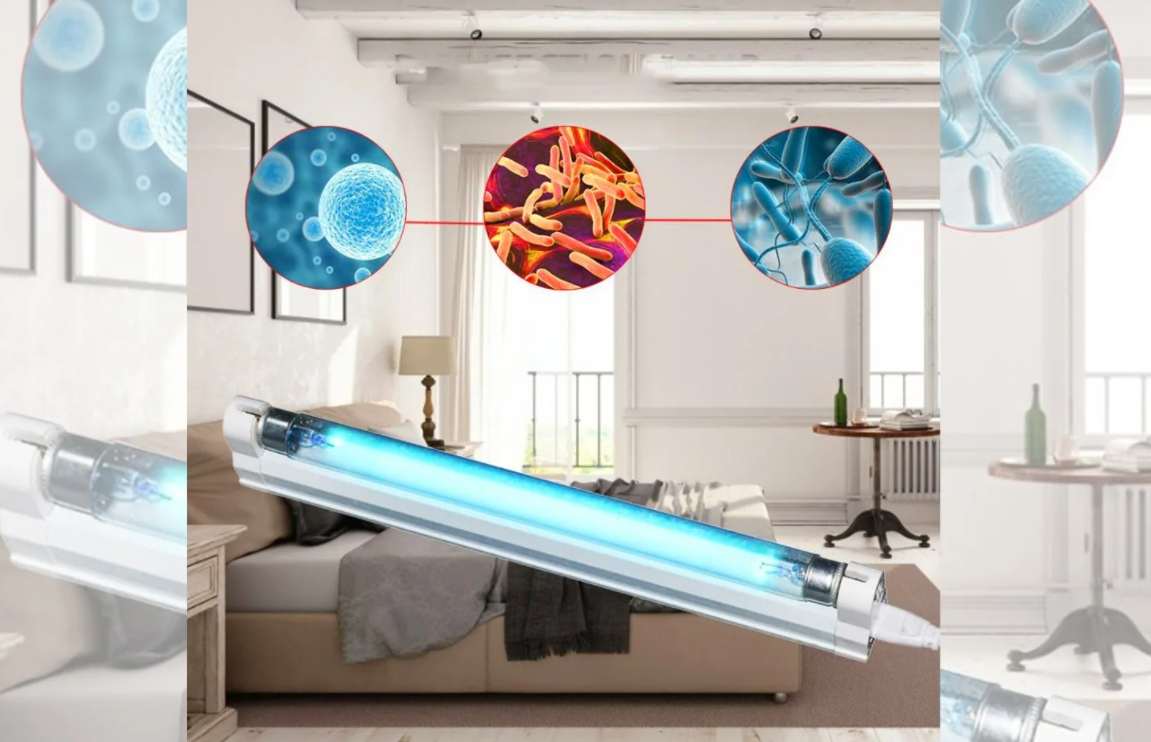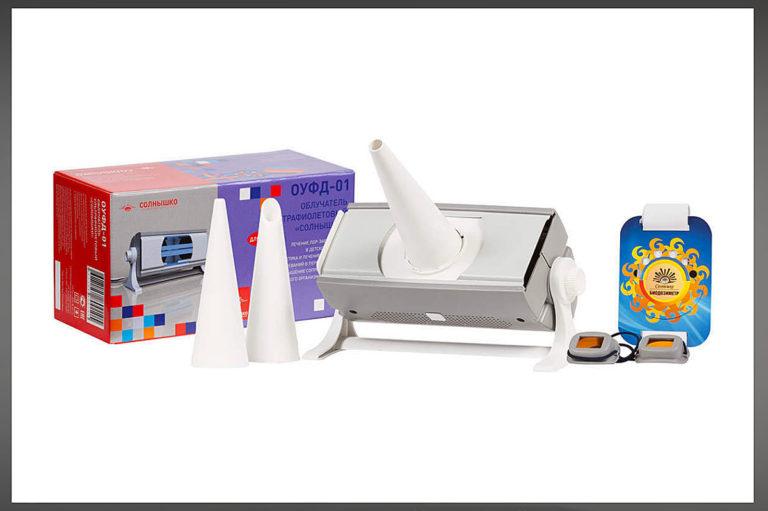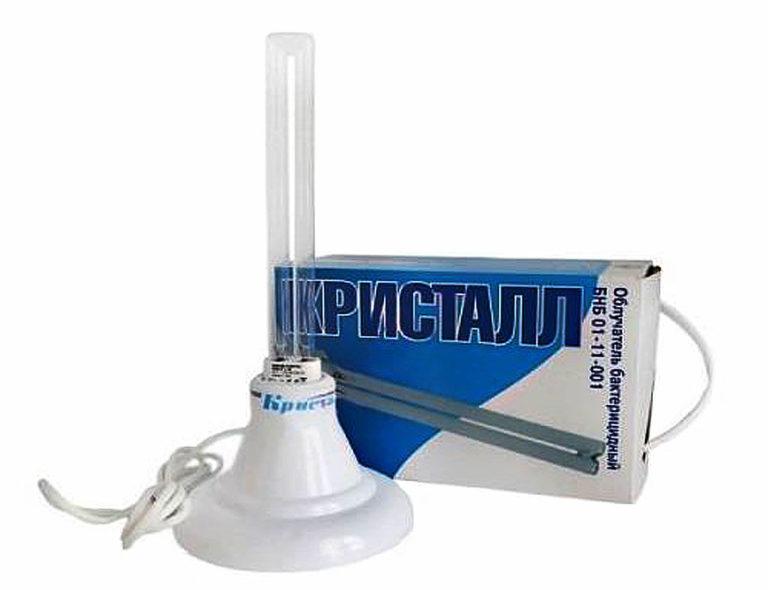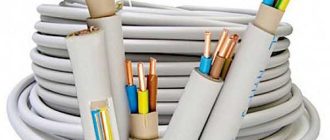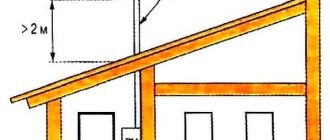We don’t want to be sick, and we don’t want our children or loved ones to be sick. But how can we protect ourselves from viruses and bacteria? One of the well-known and effective ways to fight viruses is to treat rooms with a quartz lamp. However, its use in living rooms is not effective. It is better and safer to use air disinfectors for use at home.
Such disinfectors are available in several variants, and we will consider them, but first we will understand how quartz lamps work.
Contents of the article
Principle of operation
The disinfecting effect of sunlight has long been noticed. After research, scientists have determined that the positive effect has a positive ultraviolet (UV) part of the spectrum. Special lamps have been developed to artificially create UV radiation.
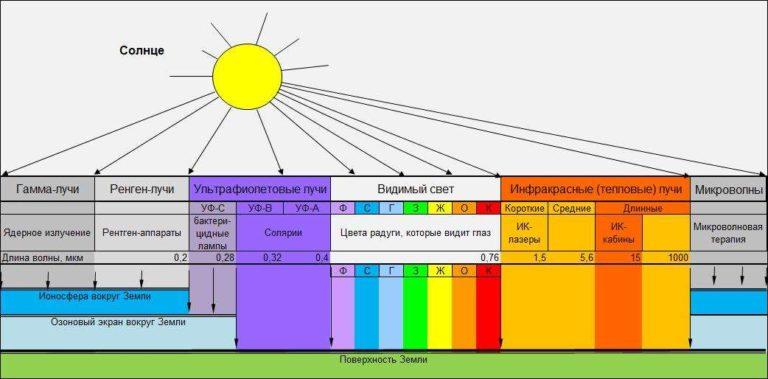
Ultraviolet emits and the coil of an ordinary household light bulb, but its intensity is low, in addition, the glass does not pass some of it. To get the necessary level of UV, a different principle is used, realized in a mercury-quartz lamp.

In a quartz bulb with mercury vapor, an electrical discharge is created. The discharge causes the mercury vapor to glow, with most of the emission occurring in the ultraviolet range of 203-315 nm. UV rays are not trapped by quartz and have a negative impact on pathogens in the environment. There is a process of surface sterilization without heating and the use of disinfectants.
Hence the name quartz lamp, and the process of its operation – quartzing. Another name for this process is ozonization. During quartzing, oxygen O2, which is contained in the air, under the influence of ultrashort radiation turns into ozone O3.

Radiation affects the DNA structure not only of harmful microorganisms, but also of all living cells, including humans. If you are regularly exposed to such radiation, there is a risk of cancer with a high probability. Therefore, it is necessary to observe precautions during quartzing.
What is quartzing and why it is done
So, quartzing is the irradiation of the room with ultraviolet light to kill viruses, bacteria and germs. This method is more effective than cleaning with special disinfectants. The fact is that when working quartz lamp bacteria are destroyed not only on surfaces, furniture, floor and walls, but also in the air.
Ultraviolet quartz lamps are widely used in medicine. Disinfection of rooms in medical institutions reduces the possibility of infection with airborne diseases. This is important because patients are often immunocompromised.
Quartzing of rooms and wards in a hospital must be carried out in accordance with the rules. For reliable destruction of pathogens, the time of operation of the device should be 30-60 minutes. People, animals and plants are not allowed in the room. After the session is over, the room should be ventilated to reduce the amount of ozone.
Antimicrobial treatment is conducted in preschool and school institutions. Especially effective quartzing will help in disinfecting basements from fungi, mold and insects.
With the development of technology there are special ultraviolet lamps for the treatment of diseases in people. These are some fungal skin lesions, as well as ENT diseases, such as complicated otitis media, maxillary sinusitis, etc.
Ultraviolet lamps can be used to disinfect rooms in the home.
Quartzing or ozonization is not as effective in residential areas, but can be used safely. For safer antimicrobial treatment of rooms, special devices have been created.
Pros and cons of disinfectants
Let’s look at the advantages and disadvantages of using a quartz lamp for sanitizing rooms. Let’s start with the advantages:
- Ease of use.
- Disinfection of surfaces without the use of special means.
- Air sterilization.
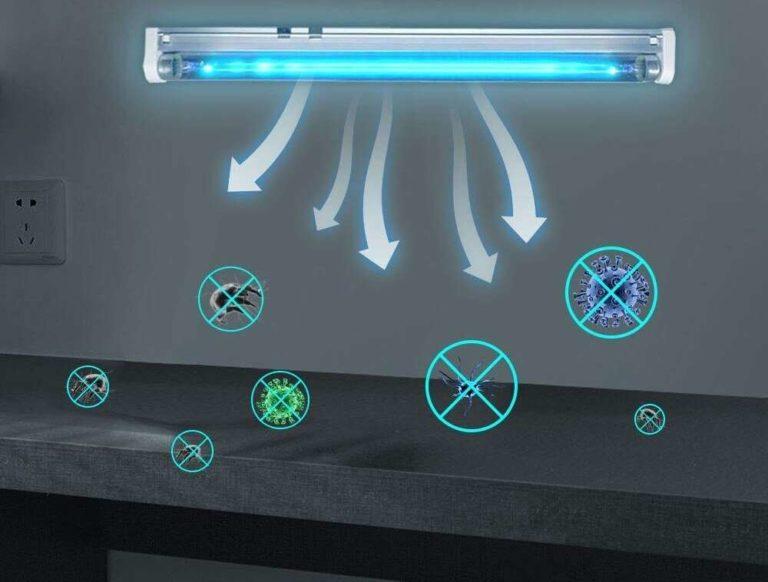
Therefore, quartzing is widely used in operating rooms, procedure rooms and other facilities with increased viral or bacteriologic hazards. But only after people have left there. This is an effective and simple method. For the disinfection of rooms for the home, such treatment is superfluous.
Now about the disadvantages:
- In residential premises with a long stay of people, the application is superfluous.
- Disinfected only those surfaces on which the radiation hits.
- High concentration of ozone in the room.
- Harmful radiation.
- The possibility of retinal burns, when the device is working.
Apply quartz lamps for disinfection of rooms in a residential house or apartment is unnecessary.
Leaving the room for a long period of time makes quartz in the home ineffective. In addition, the germs will return with the returning patient. The best solution in this case will be a germicidal recirculator. Of course, whether to use a quartz lamp at home, everyone decides for himself.
Disinfection of objects, clothes with the help of quartz is quite a controversial issue. Only surfaces are disinfected, folds, back side, etc. remains “infected”. Therefore, for home use, it is too strong a remedy. Airing has a similar effect, but has no negative sides.
Types of disinfectants
According to the type of impact of bactericidal irradiators (BO) can be divided into four groups.
- Open irradiators.
- Closed.
- Combined.
- Therapeutic.
These antibacterial devices can use different types of lamps: ozone or ozone-free.
The name ozone is related to mercury-quartz lamps, as ozone is released during their operation. They are used in open BW used in medical facilities.
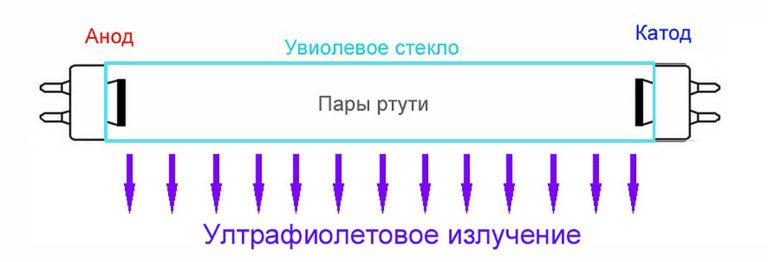
In ozone-free lamps, the bulb is made of uviolet glass – unlike quartz, it does not transmit ozone-forming radiation. When the device operates, ozone is formed within permissible limits, which allows the use of lamps in the presence of people. Given the safety, it is used in closed and combined recirculators, as well as medical devices.
Irradiators can be divided by the type of construction:
- Wall-mounted.
- Ceiling.
- Mobile.
For quartzing in the home, mobile devices are most suitable. This gives the opportunity to carry the device to different rooms.
Open
To open BWs are mercury-quartz lamps that serve to irradiate surfaces and the air environment in rooms with ultraviolet radiation in the absence of people. They are common in medical facilities. Not very suitable for home use.
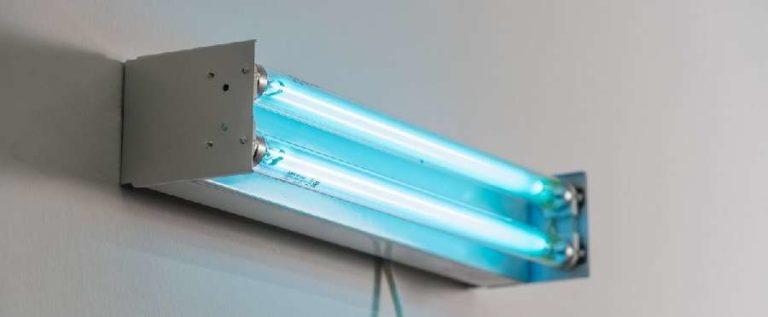
Closed
These are devices with one or more ultraviolet emitters, closed with an opaque housing. The housing is made in the form of a cylinder with a fan at the end. It drives air inside the casing where the air is irradiated by the UV. This option is considered safer and can be used in the presence of a person.
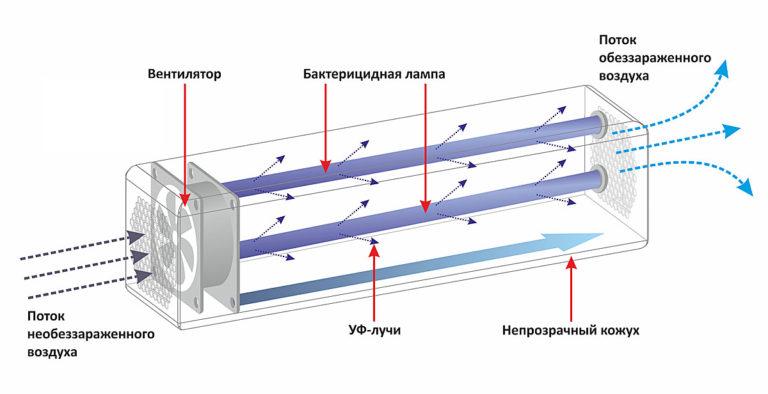
These models can be found in the offices of polyclinics at high levels of viral and infectious diseases. If you need an antimicrobial unit, choose from this category.
Combination
Combined bactericidal quartzizer combines the capabilities of open-type devices with a closed one. The unit is designed with the ability to open and close the ultraviolet emitter using a flap or door. In the closed form works as an air recirculator, and with an open door – as a surface disinfection.
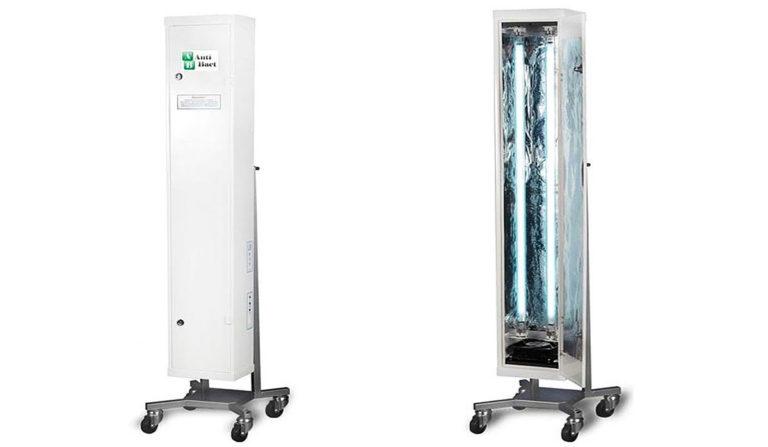
Therapeutic
These are devices for the treatment or prevention of diseases of the skin and respiratory tract. It is used in medical facilities as well as at home. An example of such a device is a quartz ultraviolet irradiator OUFK-01-1M “SOLNYSHKO”.
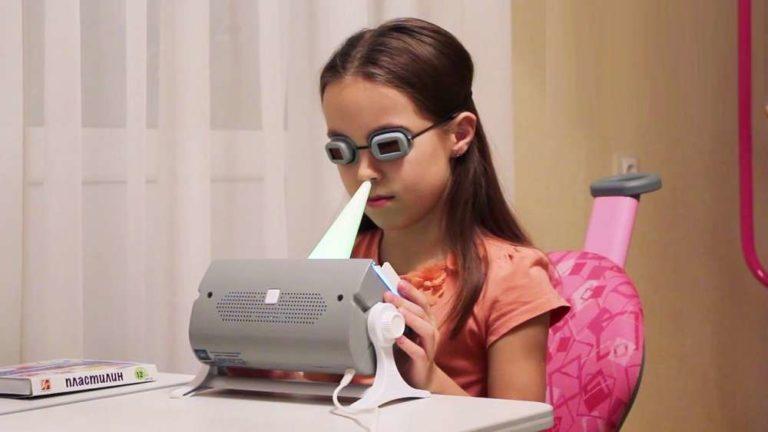
How to choose a decontaminator
When choosing a recirculator for the home, pay attention to several parameters. The main characteristic of household recirculators is productivity. It shows what volume of air the device is able to process for an hour of work.
For open quartz lamps, an important indicator is the area of the treated surfacem2. Ideally, the area of the room should be the same as or smaller than the area that can be treated by the device.
Decide whether you need a stationary or a mobile device. Portable is more convenient in the home, they can be used to treat several rooms.
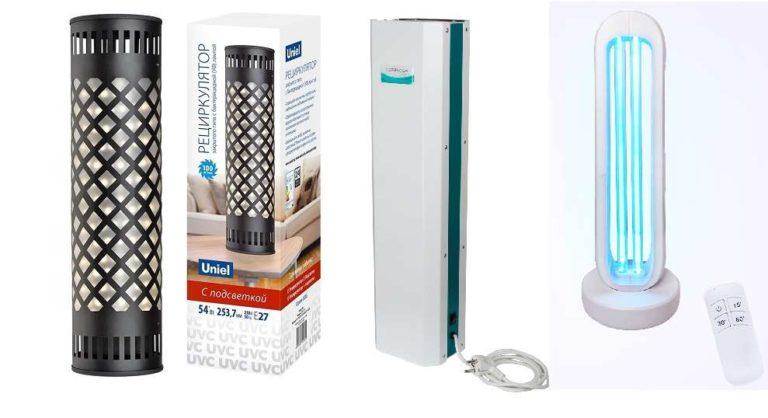
If you need to disinfect not only the air, but also objects, it is better to choose a combined germicidal recirculator.
If you need to choose a lamp with a conventional emitter, look for options with the following features:
- delayed start;
- automatic shut-off;
- motion sensor.
The first two options will help avoid radiation exposure when turning on and off, and the third is useful if there are pets in the house or apartment.
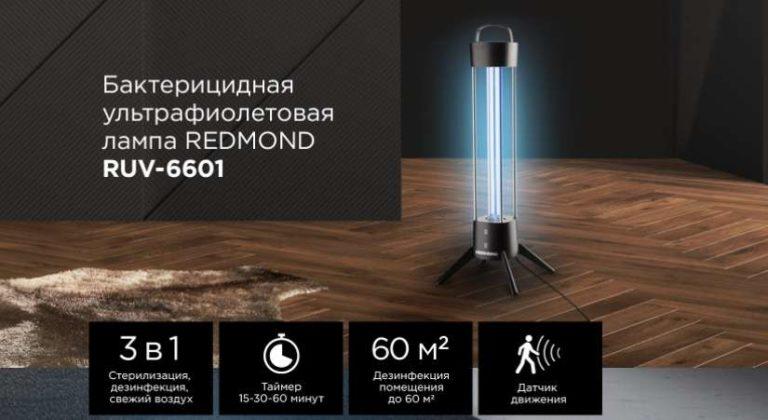
When choosing an air disinfector, pay attention to whether it has an air purification filter at the inlet. Otherwise, the dust that falls on the lamp, heating up, gives an unpleasant odor.
Be sure to look at the power of the emitters. There are two standard types of quartz lamps – 15W and 30W. They are easy to find and replace. Lamps with a different power are produced only for a specific model and it is difficult to find them. Given that the resource of the quartz lamp is not unlimited, from 3000 to 10000 hours, this is not insignificant.
How to properly quartz the room
The rules for quartzing the room depend on the type of device used. For recirculators, it is not necessary to leave the room, unlike open irradiators.
Before using any devices, read the instructions.
- Before using an open-type quartz lamp, make sure there are no people or animals in the room.
- Turn the quartz lamp on and off preferably remotely or from another room. Run an extension cord from the unit to another room, close the doors and turn on the power.
- Wait the time required for disinfection. The duration of quartzing depends on the volume of the room and the power of the emitter. To obtain a guaranteed result using a quartz lamp at home requires at least 30 minutes. Please note – with open windows quartzing does not make sense.
- After the procedure, turn off the lamp, let it cool down for 15-20 minutes and open the windows for ventilation.
Popular models
Here are a few examples of quartz lamps for household use, about which there are good reviews.
- Irradiator ultraviolet quartz “Solnyshko-01”. These are apparatuses for the treatment of ENT diseases. It is produced in various modifications. Apply according to the indications of the doctor.
- Bactericidal devices “Dezar”. Basically, these are devices for non-domestic purposes with high power. However, the model OBN-150-“KRONT” is quite affordable and can be used at home.
- Bactericidal irradiator “Crystal”. There are two types – recirculator and quartz lamp “Crystal-BNB 01-11-001”.
Can be made independently
Self-made analog of the mercury-quartz lamp is quite possible, but we will not recommend manufacturing. For the simple reason that it is dangerous to health.
Conclusion
Quartz lamp disinfector or recirculator is a good investment for preserving the health of the family. The device will help reduce the risks of getting sick during seasonal flu outbreaks and especially during a pandemic.

